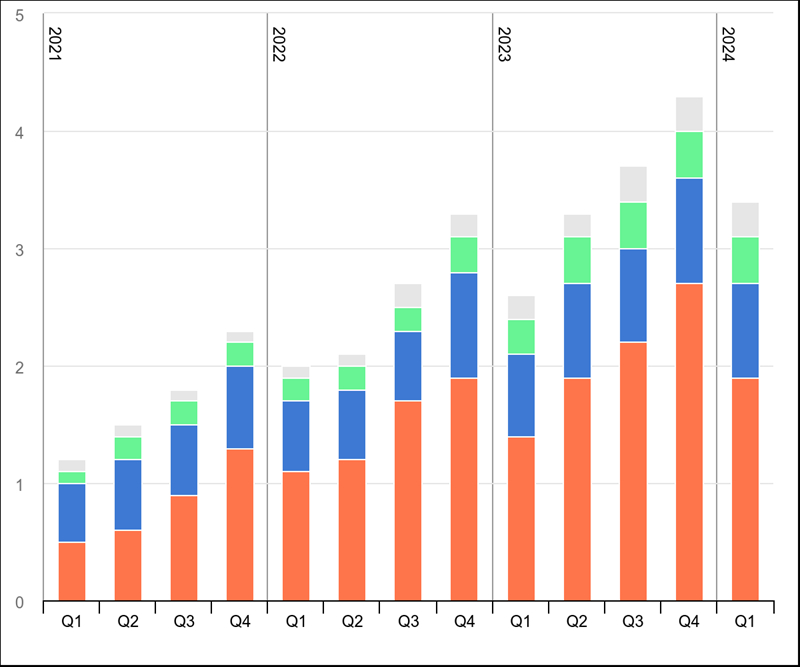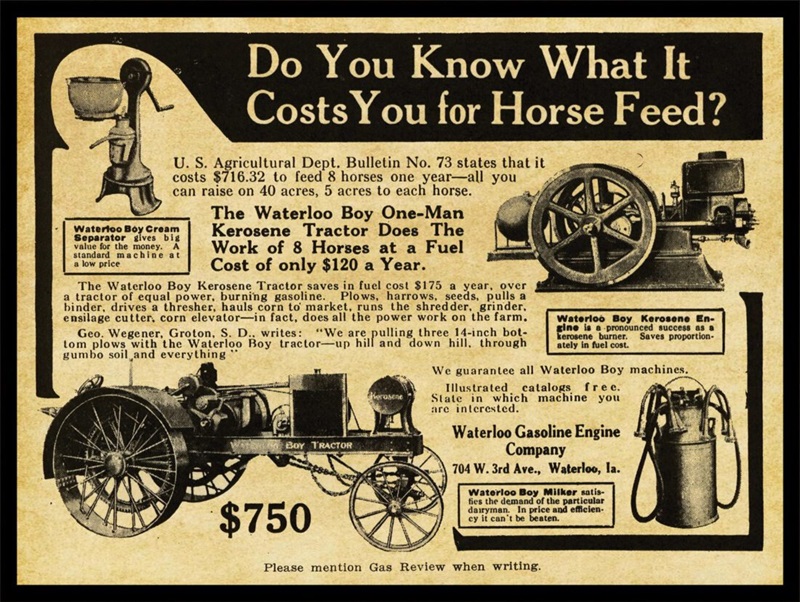What’s going on in Australia’s EV market?

As the federal government prepares to kick off the New Vehicle Efficiency Standard (NVES) in a bid to reduce transport emissions in Australia on January 1 2025, the public conversation on EVs is bubbling up.
A quick internet search on “electric vehicle news” surfaces articles that claim that the EV market is "effectively worthless", or that Tesla can't sell it's EVs and is stockpiling them, and that the plummeting sale (and therefore resale) value of EVs means it is not worth buying one.
Other articles say that now offers the best value or is the best time to buy an EV, and that new EV makers arriving here by 2025 are not worried about the dropping price of EVs, and that Australia is now more attractive than ever to EV makers.
It’s no wonder those in the market for a new car may be hesitating about buying an EV.
So, what’s going on? Are EVs here to stay?
The NRMA supports the transition to EVs, and the New Vehicle Efficiency Standard for several reasons:
- EVs are better for our health because there are no noxious and fine particulate emissions that cause respiratory, heart and other serious organ diseases.
- EVs are better for the environment, and the more they are driven the better; also improving Australia's fuel security by reducing demand on fossil fuels (freeing it up for other types of transport that will take longer to electrify).
- EVs are cheaper to run in the long term.
Firstly – yes, EVs are here to stay.
Whether you should buy one or not is entirely up to you, of course. There’s a lot to consider before diving into new technology (which includes EVs in Australia, where sales have not yet consistently tipped over 10 per cent of new car sales.)
Whether or not you can afford an EV, the global cost of not addressing climate change is huge. Estimates say the cost of damage to infrastructure, health, property and agriculture is in the realm of $US16 million per hour.
If you do want to make the switch, for tips on what to consider when making the switch, read our article: How to choose your first EV.
Whether or not you can afford an EV, the global cost of not addressing climate change is huge. Estimates say the cost of damage to infrastructure, health, property and agriculture is in the realm of $US16 million per hour.
— Bridie Schmidt
There’s a thing called the adoption curve, also known as Roger’s bell curve. The earliest 2.5 per cent of buyers of a new technology are true innovators. They buy the product because they love new technology and are willing to take the risk should the technology fail.
The next group are the early adopters. These buyers are typically a little less risk-adverse but more progressive than later adopters of the technology. When it comes to EVs this generally means they support the environmental, health and social advantages of driving an EV. These account for up to 13.5 per cent of buyers.
As the market heads towards early majority adopters (up to 34 percent), the industry starts to scale, bringing manufacturing costs down.

We’ve already seen this happen with smart TVs and smart phones (unless you are the person that always wants the latest, biggest, or bendiest version).
In the case of industries that can help reduce carbon emissions, governments have put in place policies to accelerate adoption, and carmakers are responding to carrots and sticks to make and sell more EVs.
In Australia, where we no longer have our own car manufacturing industry, we depend on overseas markets. We are about to see an influx of new EV brands from China, where plug-in electric cars already make up 32 per cent market share (pure electric cars account for more than half of this.)
Meanwhile, a slowing economy has drivers worldwide counting pennies. As carmakers try to sell EVs to a section of the market that is less likely to take risk than early adopters, combined with increased competition, prices must come down.
Why are there so many anti-EV articles in the news?
In the UK, battery electric cars (BEVs) now make up 13 per cent of the market, as the adoption curve nears the “early majority” stage.
In 2023, members of UK-based EV campaign group Faircharge – founded by ex-Top Gear host Quentin Willson – took aim at “pockets” of mainstream media that published what they referred to as “anti-electric vehicle stories,” calling for more balanced reporting.
In a recent address to the UK’s Select Committee on EVs, Willson said that one tabloid publication had run 160 "continuous anti-EV stories" without a break.
He warned that, “Consumers need to have confidence in electric cars. They need to want to buy them, because if they don’t, manufacturers won’t sell them."
As Ginny Buckley, TV presenter and founder of Electrifying.com put it, “Fair, balanced, and honest debate is the only way to ensure a successful energy transition.”
As Australia’s EV sales start catching up with other markets like the UK, it is unsurprising if we also see “anti-EV” stories increase in Australian mainstream media, where uncertainty feeds clicks and clicks equals advertising dollars, as in the UK.
Is the EV market slowing?
There has been a recent slowdown in EV sales globally, and this is reflected in local EV sales. In Australia, recent sales dipped from 10 per cent in February 2024, back to 6.4 per cent in April.
With the influx of new EV brands and with the NVES due to be introduced on January 1 2025, this is more than likely a temporary slowdown. Indeed, May sales figures just out show that EV market share is back up to 8.4 per cent.
These temporary dips may make it seem like "the market is falling out of EVs,” but the reality is that the EV industry is scaling, lowering EV battery manufacturing costs and resulting in more available stock.
As the audience broadens to a segment that is less likely to adopt new technology, this can result in temporary dips in sales.
Additionally, carmakers will likely promote ICE car sales more ahead of the introduction of the NVES. When the NVES comes into play in Australia, there will be more competition than ever before between legacy carmakers and newcomers alike – and a legislated incentive to promote and sell them.
As this chart from the International Energy Agency shows, there are regular dips in sales from year to year. But, as it also points out, “electric car sales in the first quarter of 2024 surpass the annual total from just four years ago.”

Source: IEA (2024), Quarterly electric car sales by region, 2021-2024, IEA, Paris, Licence: CC BY 4.0
Reports that Tesla has cut production of its highly popular Model Y in China are also likely more nuanced. EV competition in China is high, plus the company has just released its 2024 “Highland” Model 3. Reports say buyers may be holding out for a similar newly refreshed Model Y (dubbed Project Juniper).
Other recent reports say that Tesla cars are sitting in a holding yard in Melbourne, without buyers. While this may be a first for Tesla in Australia, it ignores the fact that many other carmakers bring thousands of vehicles into the country without buyers.
Will Australia make a full transition to EVs?
While Australia has lagged in EV uptake, the chart below shows that EVs sales soared in 2023, reaching 7.2 per cent of the market, tripling in volume from the year before.
The real question is how quickly a full transition to electric cars will happen. The National Electric Vehicle Strategy and the New Vehicle Efficiency Standard are there to ensure that Australia is not left behind and carmakers do not “dump” inefficient and old technology here because they can’t sell it anywhere else.
There have also been significant challenges in rolling out charging infrastructure that the NRMA is proactively facing head on.
Eventually, it will likely not make sense to produce internal combustion engine (ICE) passenger vehicles just for a few markets, although for certain uses (remote off-road, for example) it may still make sense to use hybrid vehicles.
It does make sense to electrify passenger vehicles for use anywhere there is access to electricity, because EVs are still better than ICE cars even when charged off the grid. Especially if EVs are cheaper and easier to own and maintain.
The simple fact is that the world is transitioning to electric transport, and transitions are rarely smooth and orderly. It helps to recall how the transition from horse-and-cart to petrol-powered automobile went.
There were progressive people supporting the internal combustion engine who railed against horse-dung lined streets and argued it was cheaper to buy fuel than keep a horse.

Source: www.gasenginemagazine.com
Meanwhile, wagon owners argued that horses were “self-feeding, self-controlling, self-maintaining and self-reproducing.
From go to woah, it took decades for the developed world to transition from the horse-and-cart era to the era of the combustion engine. In that respect, this transition is no different.
However, the big difference is that this time, science shows that EVs are more sustainable than ICE vehicles. And that is the stark – and most important – contrast to the environmental impact ICE vehicles had compared to the sustainable grass-eating, four-legged friends that they displaced.






